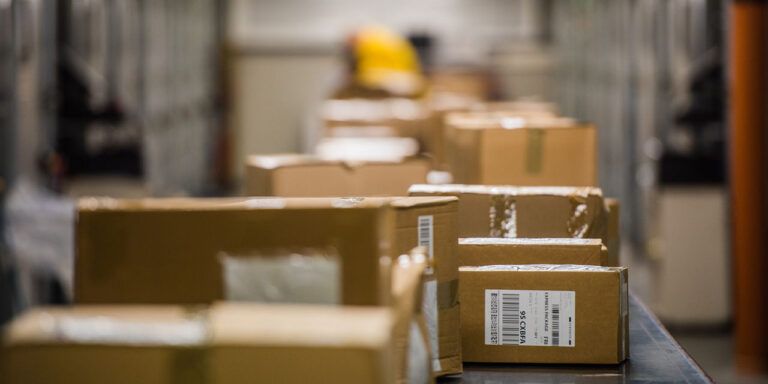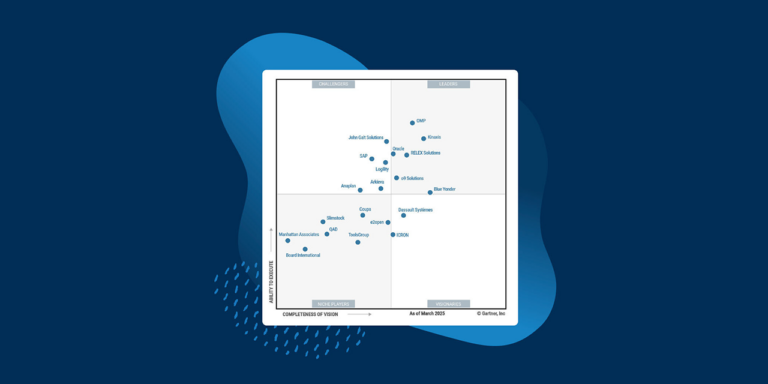Drug inventory management (Part 1): Ensuring availability to stay competitive
Mar 15, 2022 • 4 min
Managing any retail assortment can be complex, but the management of prescription medication inventory presents a unique challenge in the retail world. Not only are prescription medications highly regulated, but they’re regulated differently in each country where a pharmacy operates.
No matter where pharmacies operate, though, prescription medications pose inventory management challenges that most other retailers don’t have to tackle all at once. The “prescription medications” category is extremely complex and includes a combination of fast and slow movers as well as products that expire or require temperature control.
Pharmacies have to track thousands of prescription drugs with dramatically different prescription rates, then align their inventory with a local customer base that can have unexpected or difficult-to-predict needs. And because prescription medications are never “impulse buys,” pharmacies can’t drive demand through promotions or appealing in-store displays. Instead, central planning teams must anticipate and react quickly to demand shifts as government regulations or insurance company rules change.
As pharmacies worldwide move to an omnichannel (or even online-only) model, new layers of complexity are being added as to how and where medications are stocked and delivered. Fortunately, modern planning solutions are well-equipped to support pharmacies as they tackle both old and new challenges.
Pharmacies must manage drug inventory closely to stay competitive
Customers need to feel confident that their pharmacy can provide the medications they need when they need them. That’s why pharmacies’ biggest inventory challenge is determining which items to stock at a location (whether a store, distribution center, or warehouse) at all times and which ones can be ordered from suppliers as the need arises.
This requires pharmacies to maintain a careful balance of availability while meeting fluctuating demand. On the one hand, pharmacies should not overly rely on one-off orders for medications that aren’t in stock, as this approach can lead to lost sales and dissatisfied customers. On the other hand, they need to avoid overstock and spoilage, which can hurt already tight margins.
Fast movers vs. slow movers: Fulfilling demand by category
Fast-moving prescription medications (such as blood pressure management medications) are typically inexpensive to stock. They don’t require a large financial investment, so pharmacies can ensure high availability to match the high demand for these items without risking a hit to their bottom line. The issue, then, becomes how much of a drug can be kept on hand (particularly in terms of local capacity/storage space) and how often it will need to be replenished.
And while one would never say that the management of these faster-moving drugs is easy, it can be even more challenging to manage slow movers. Slow-moving prescriptions typically don’t have a lot of sales data available, so accurate demand forecasting is difficult. Pharmacies need a data-based approach to determine whether a slow mover should be stocked at a given location, when, and in what amount.
To successfully manage demand for both fast and slow-moving prescriptions, pharmacies need a very flexible planning system. Supply chain planners should be able to configure their solution to automate replenishment orders for fast movers. For slow-moving, rare, and/or expensive drugs, pharmacists should be able to submit information about local demand so the system can determine if these medications should be added to their location’s assortment.
Establish central rules to support accurate local inventory levels
While every pharmacy wants to optimize its prescription drug inventory, what’s optimal for one location is unlikely to be optimal for all. Busy locations with high turnover and a small back room face different challenges than locations with less footfall but plenty of storage space or locations that must fulfill both in-person and online orders.
With a large enough amount of input data (such as frequency of sales and product costs), an advanced inventory management system can automate many replenishment tasks.
To accomplish this, the system should be able to manage the inventory of different drug categories while accounting for:
- local variations
- changing government subsidies or insurance company rules
- new medications coming onto the market (whether name brand or generic)
And to effectively meet variable local demand, the system must also be flexible enough to allow users to customize the replenishment strategy for a particular location.
While fast-moving prescription medications can be replenished like many other items in retail, planners can configure the system to manage slow-movers to avoid lost sales resulting from customers repeatedly finding those products unavailable.
A good system can combine data tracking of lost sales with data on special orders (where a customer chose to wait for their medication to arrive) to determine whether they should stock a slow-mover permanently or continue replenishing it on an as-requested basis.
For example, a planner may configure the system to automatically add a medication to a local store’s assortment after four requests. In this case, “four requests” could include two lost sales and two times where the pharmacist placed a special order. That combination would trigger the rule, and the system would automatically add the product to the assortment in the future.
However, automating assortment decisions isn’t enough to ensure accuracy. The system needs to continuously calculate forecasts and safety stocks to support automated replenishment, particularly during varying product lifecycles.
Balance automated prescription drug inventory management with local exceptions
For pharmacies to successfully manage prescription medication inventory, planners must have a tool that can automate chain-wide forecasting and replenishment. At the same time, the system should allow pharmacists to easily share local trends and make localized modifications as needed.
By using an automated system to handle the most common medications, local teams are freed to focus on exceptions and manually modify orders based on local demand. This ensures that customers in any location can get the medications they need when they need them.




